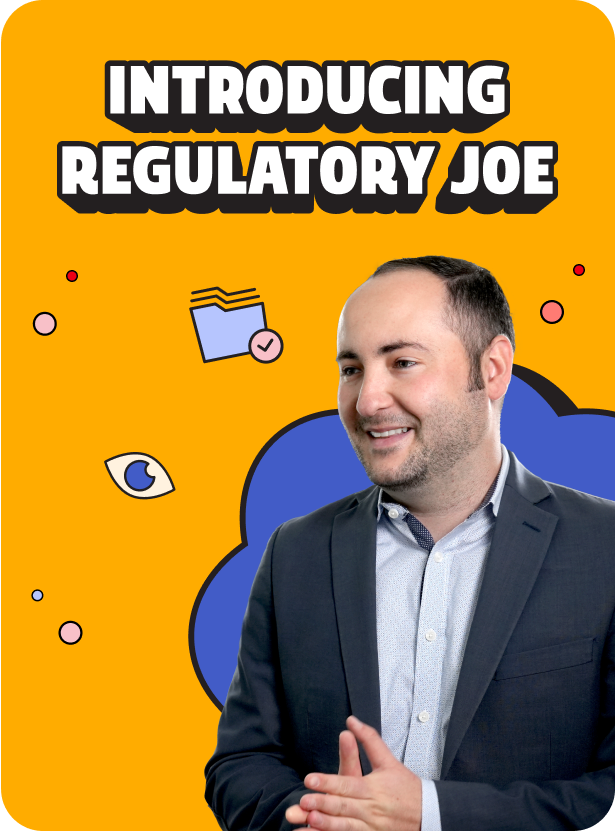Like many people, I first learned about HCRA when I noticed a mysterious charge on my hospital bill. In preparation for my annual physical I had some routine lab work done and, when the bill arrived, I called my insurance company to ask why $11 had been tacked on to the $110 charge for the service.
A friendly representative informed me that this was the “surcharge” that applies to certain hospital services in New York. She told me that the insurance company normally pays this tax for covered services, but since this service was applied to my deductible, I was liable. I later learned she was only partially correct, and by no means alone in her misunderstanding.
The Health Care Reform Act or “HCRA”, established under New York State PBH §2807 is a complex combination of surcharges and covered lives assessments levied against health plans, providers and self-insured employers that totaled more than $5.4 billion in 2020 alone. Unlike other states with flat rate assessments on net revenue, HCRA contains a series of provisions and exclusions that are challenging to operationalize and often beyond the control of the responsible payor or provider.
In my case, the surcharge was assessed in error because referred laboratory services, as defined by the State, are considered exempt, and the facility did not indicate my services as “referred” through the claims process. Understandably, this kind of nuance is difficult for providers and health plans to manage, and the result is that payors and self-insured employers (and their members) overpay.
The cost of complexity at scale
My erroneous $11 surcharge seems relatively insignificant, and on its own it is. But referred laboratory services are just one of several exemptions to HCRA. Others include certain inpatient accommodation levels, the ownership structure of surchargeable providers, and the relatedness of certain diagnostics to other surcharge-eligible services.
The mistakes add up. For one 700,000-member plan, our team at Penstock was able to recover $15 million in HCRA overpayments. Even half a percentage point is millions of dollars for many payors, and the lookback period for evaluating assessments is six years following the close of the calendar year in which payments and reports are due.
Surcharges are also steadily on the rise, even in 2020, when the pandemic caused most elective surgeries to be canceled and widespread unemployment caused Medicaid enrollment to increase (Medicaid payments are assessed at a lower rate than commercial policies). Despite all this, total surcharges collected in 2020 increased almost 7 percent over 2019 levels.
Improper HCRA assessments and surcharges across New York State could add up to hundreds of millions of dollars. Addressing the complexities that result in overassessments can allow payors to compete with lower premiums and help reduce healthcare costs overall.
Surchargable until proven exempt
The exclusions and documentation requirements of HCRA are so complex that most health plans, providers and self-insured employers can’t fully and accurately operationalize them. To further exacerbate the issue, the payor has the burden of proving that a particular provider, member or type of service is surcharge exempt.
I’ve talked to CFOs at health plans who used the term “PTSD” to describe their experience with a State HCRA audit. What often happens is the State or its agents will identify claims they believe should be surcharge eligible, and the payor will have to prove otherwise. This can require documentation the payor wasn’t tracking or has to be compiled retroactively.
As stated in recent article in New York Law Journal , “It’s often not that the payor did anything wrong, but that it didn’t clearly prove to the outside auditor that it had done everything right.”
Instead of being caught on the defensive by a State audit, payors can be proactive. In addition to enabling payors to recover excess payments, our auditing team ensures that documentation requirements and processes are in place and maintained to ensure accurate assessments on the go-forward.
With an increase in health insurance taxes under consideration by the legislature, it’s more important than ever for New York payors to ensure they aren’t overpaying HCRA assessments. Recovered overpayments are recognized through monthly withholds on (accurate) assessments to the State Pools Administrator. And of course, none of this impacts providers or insured members in any way.









